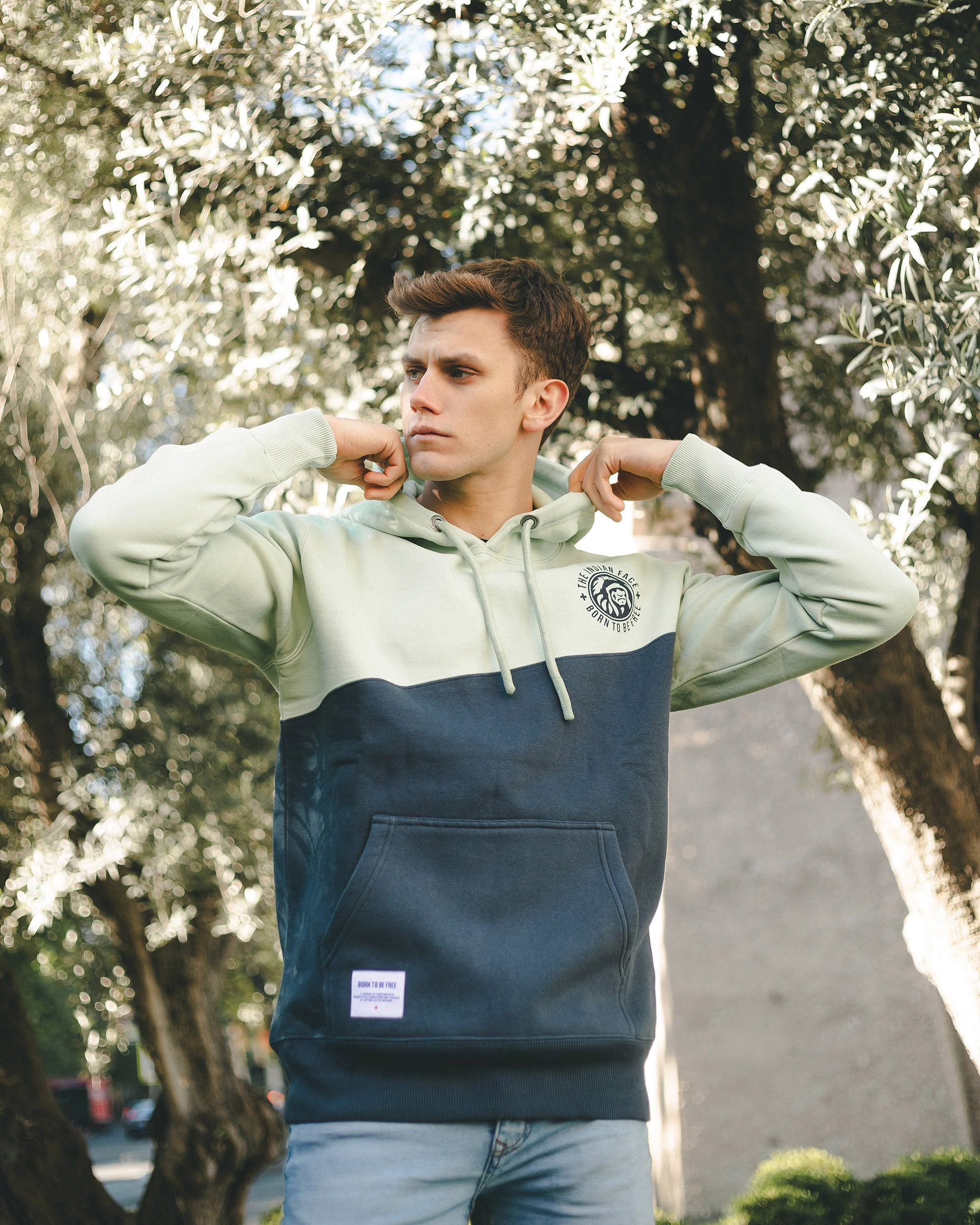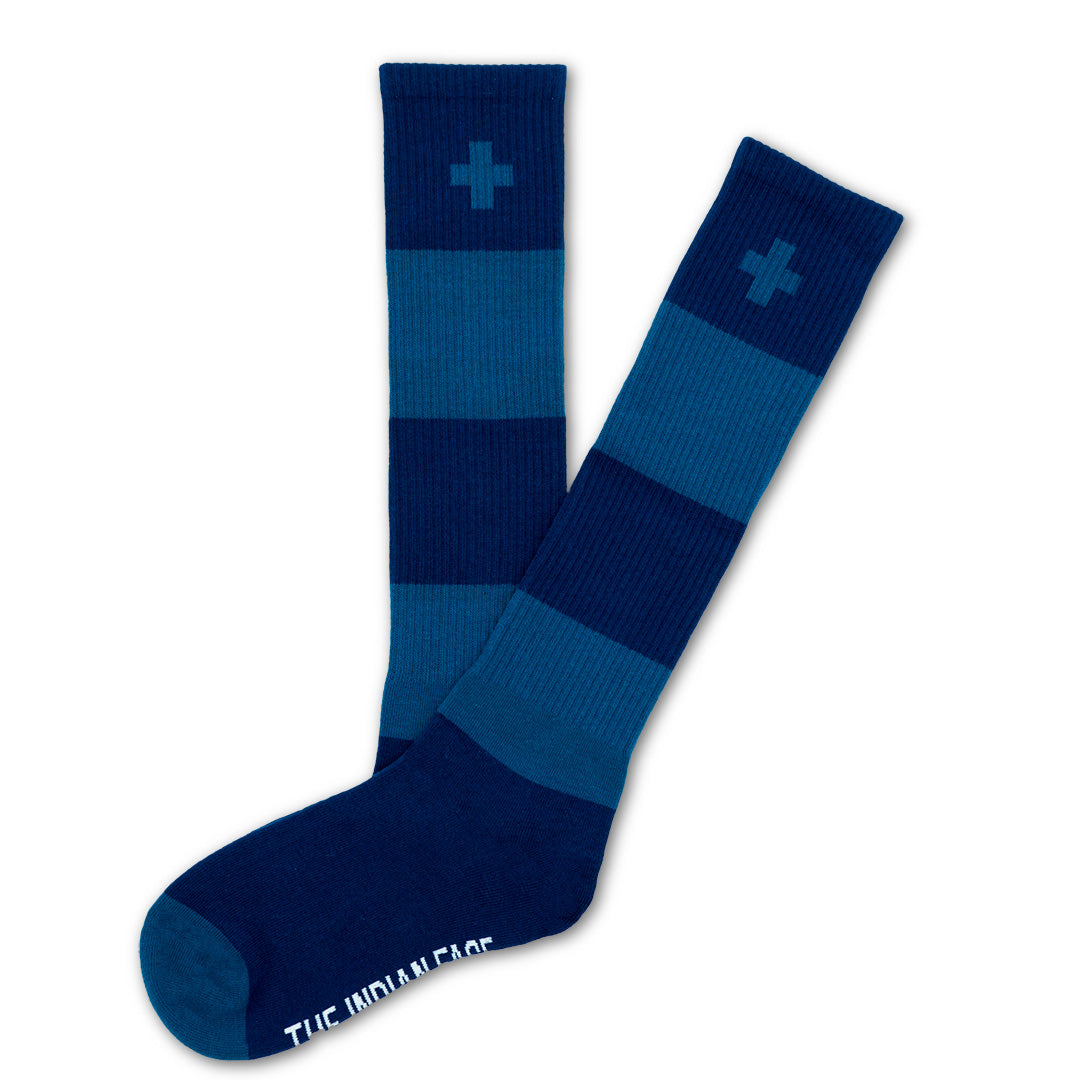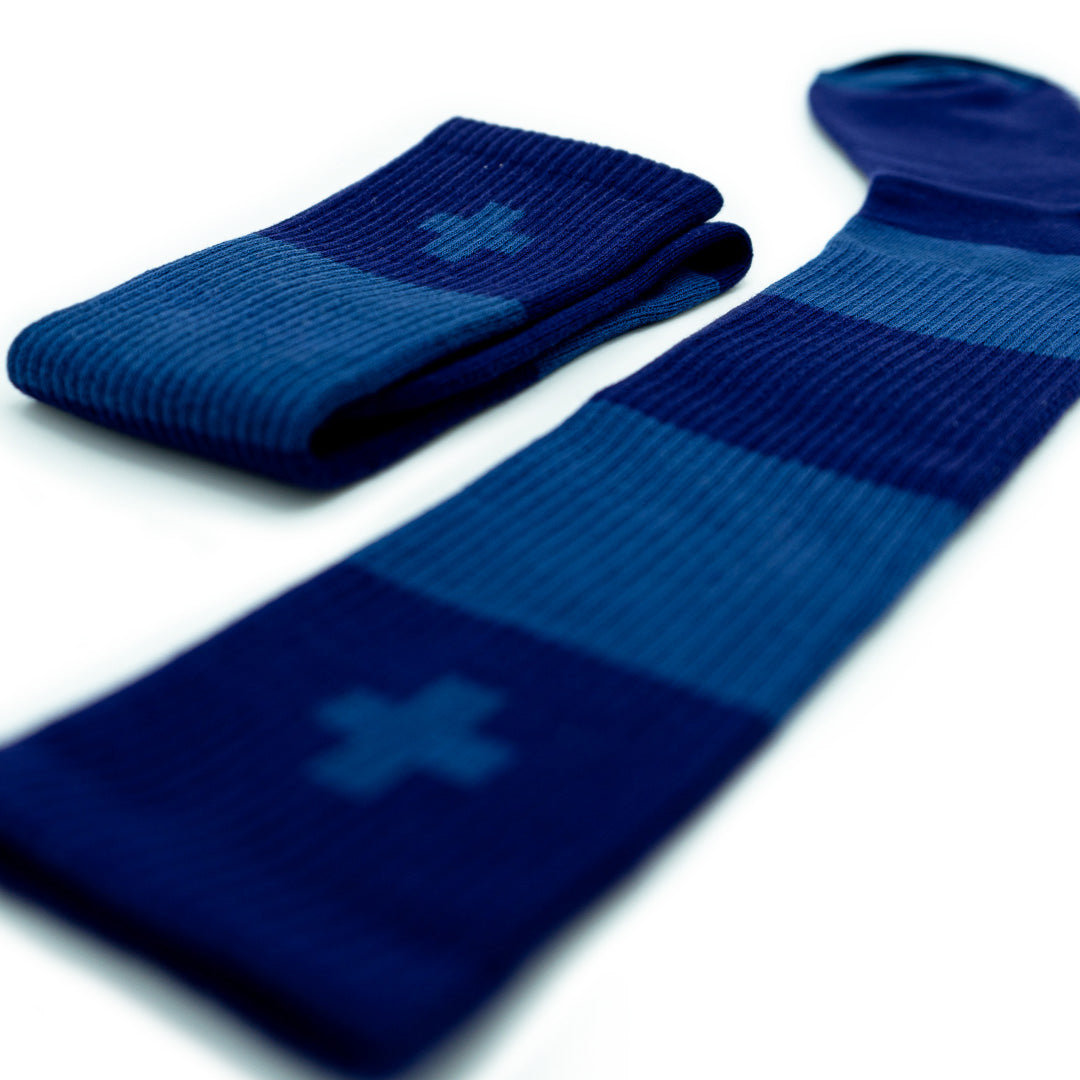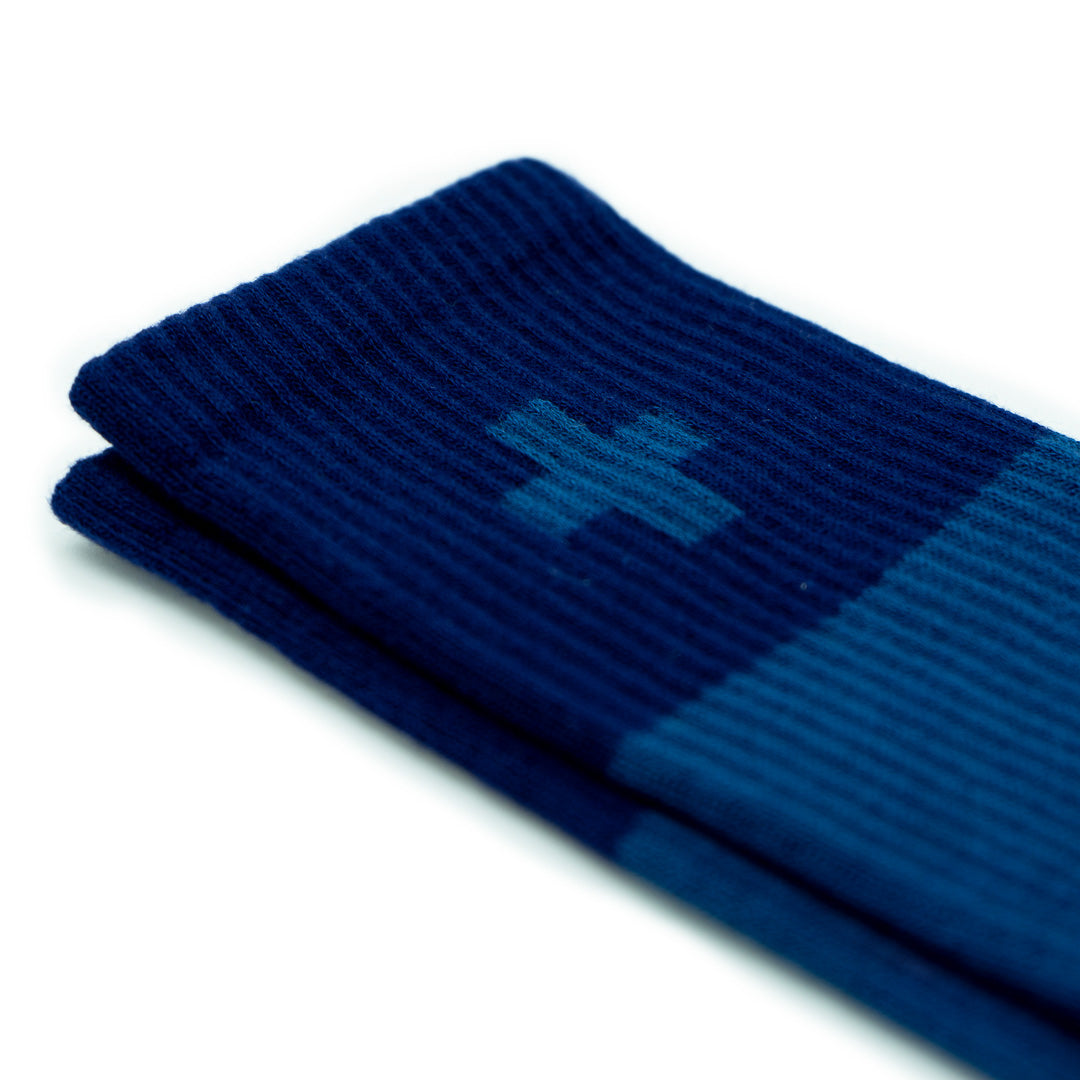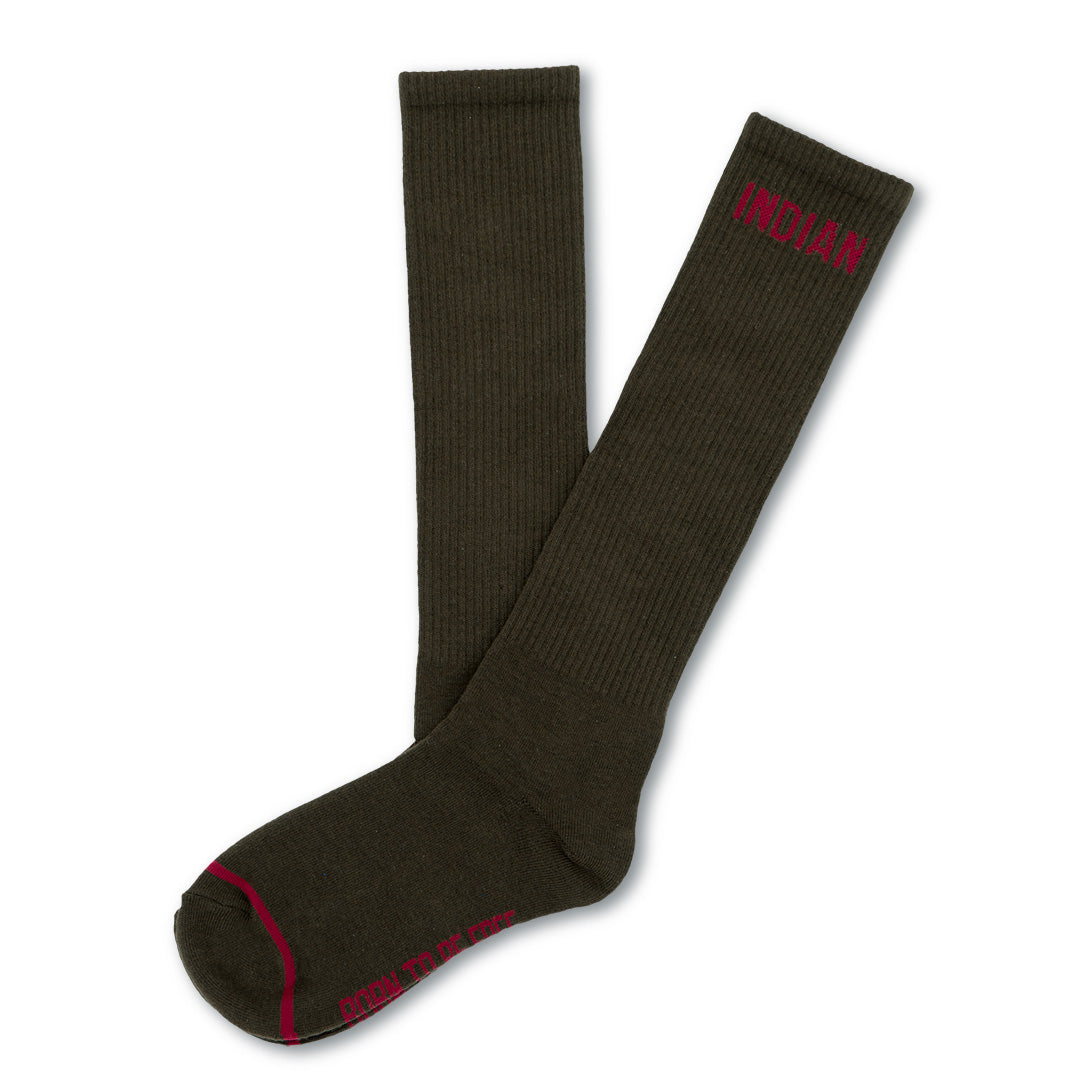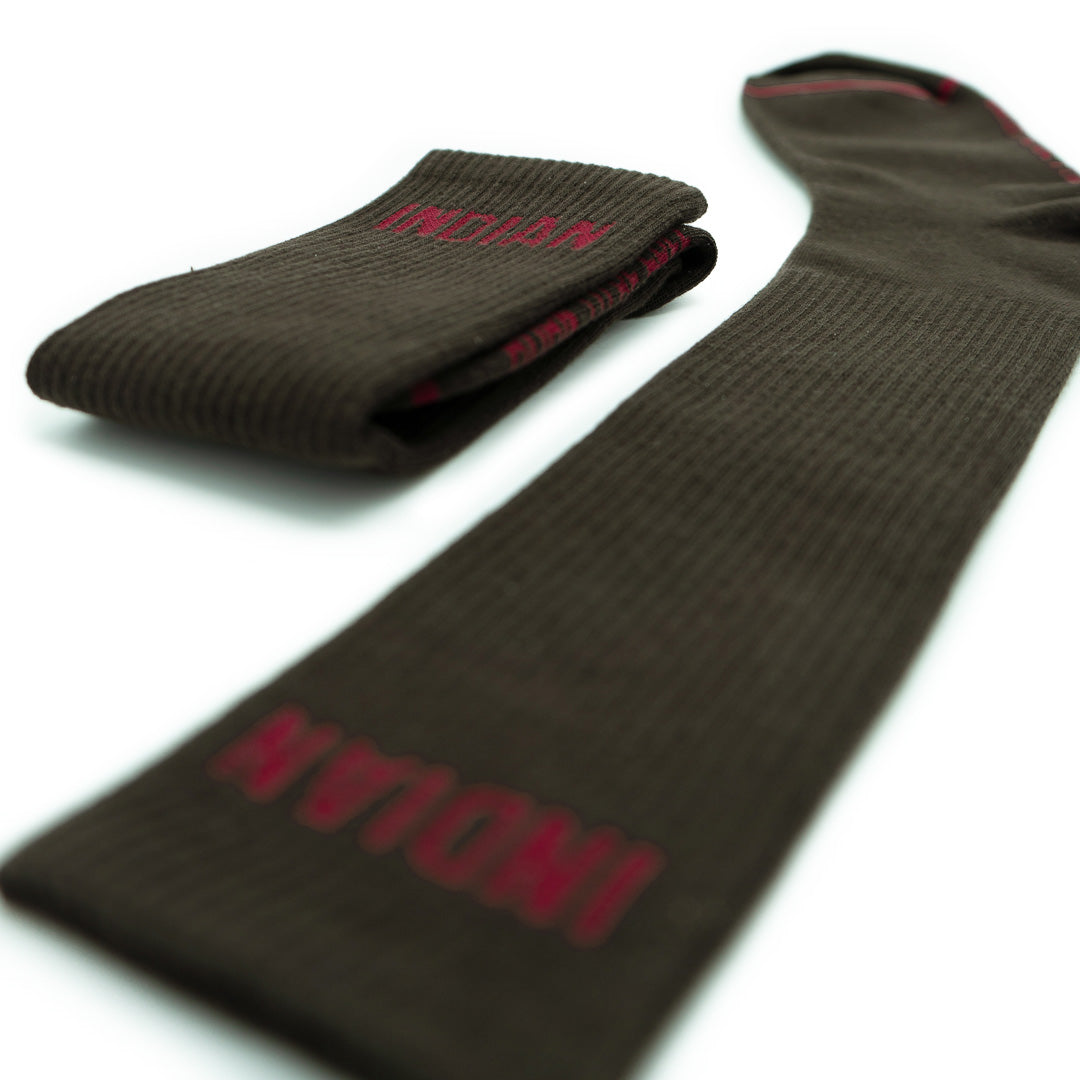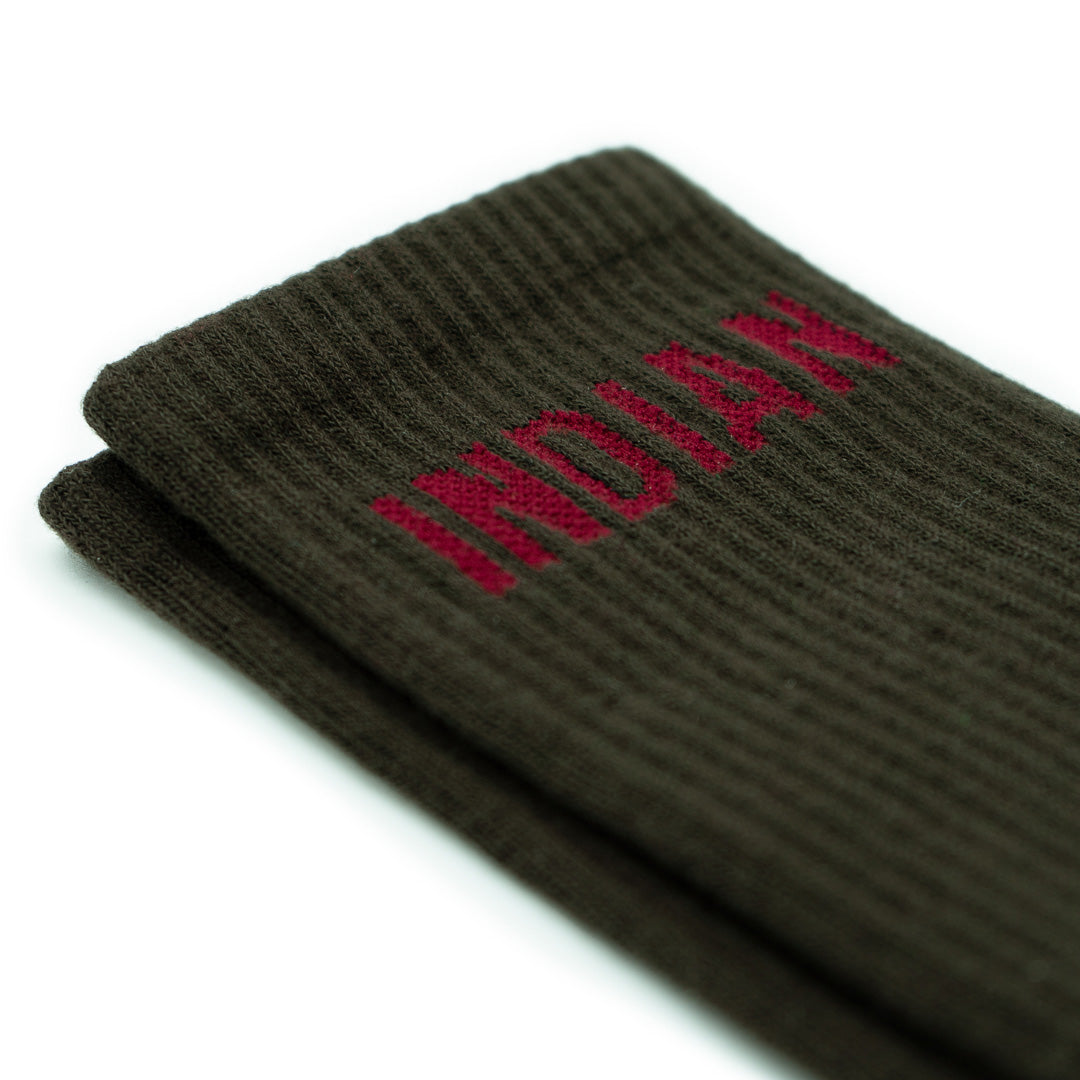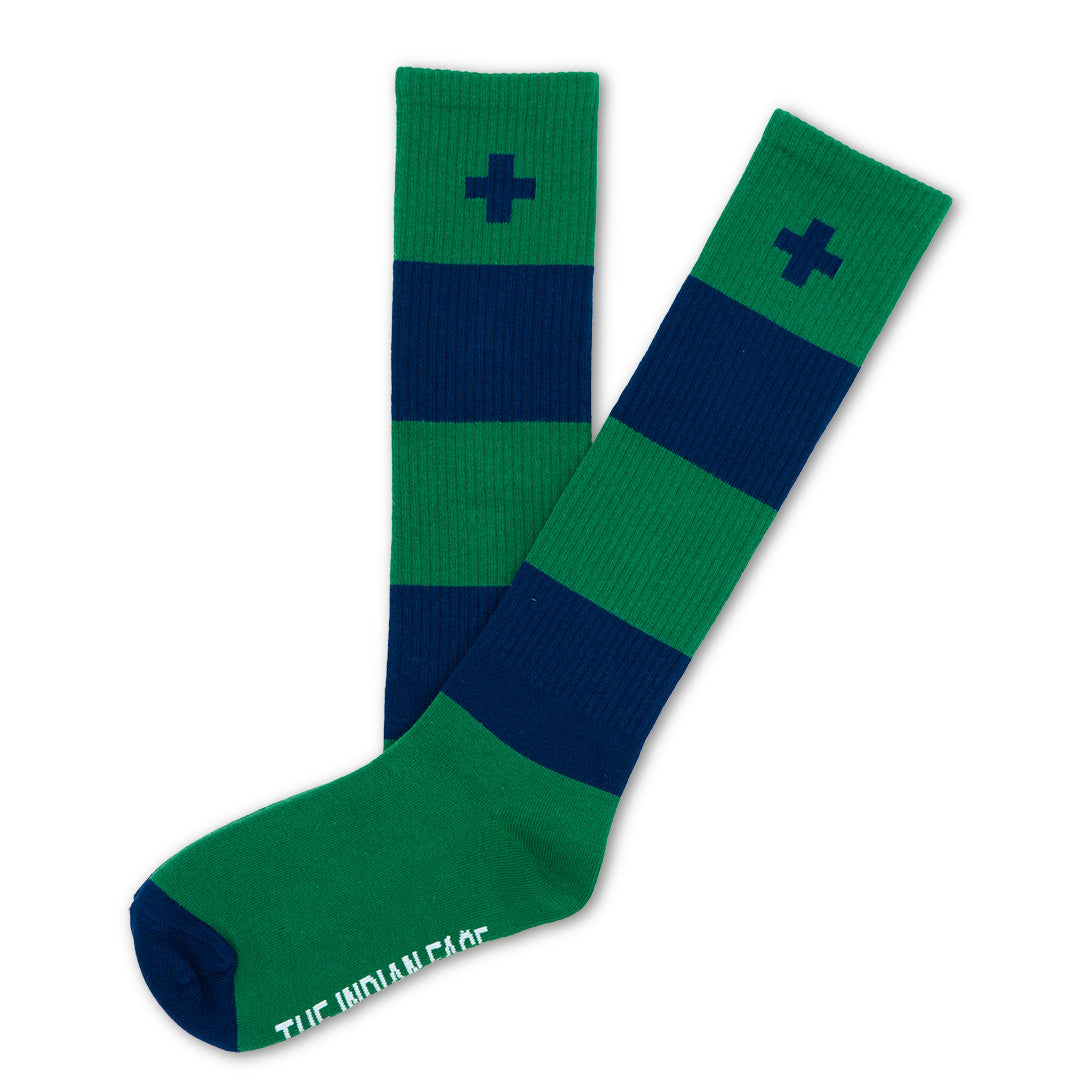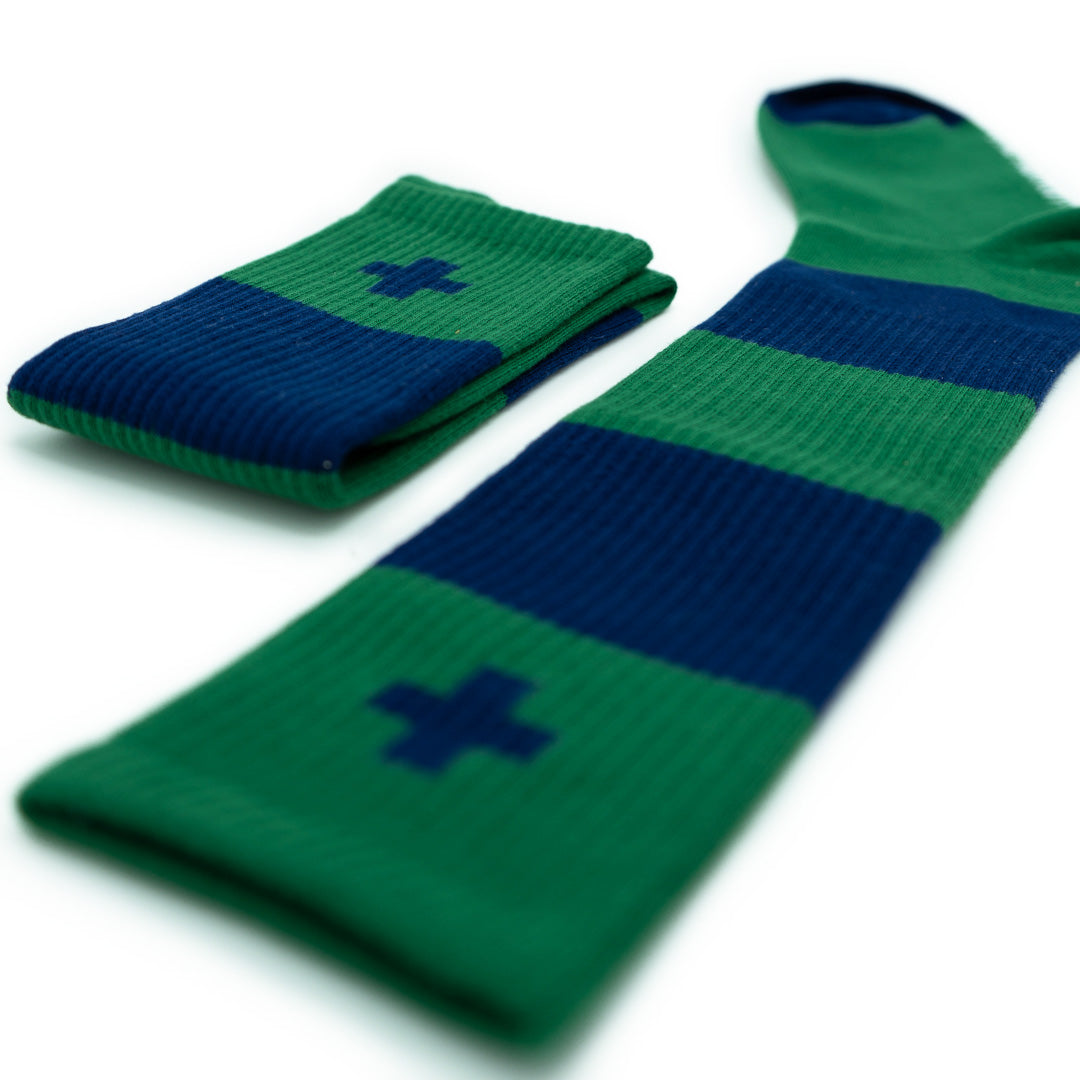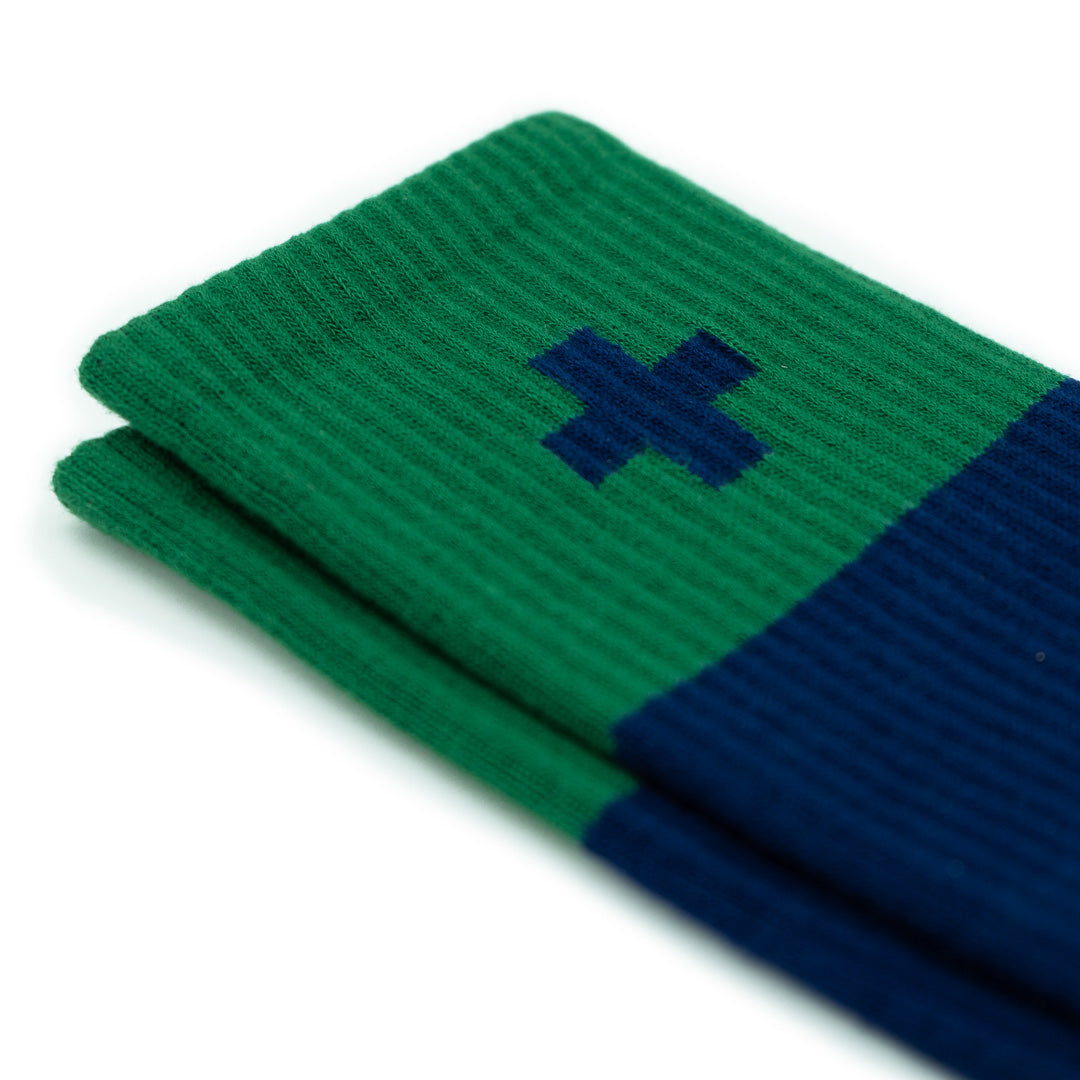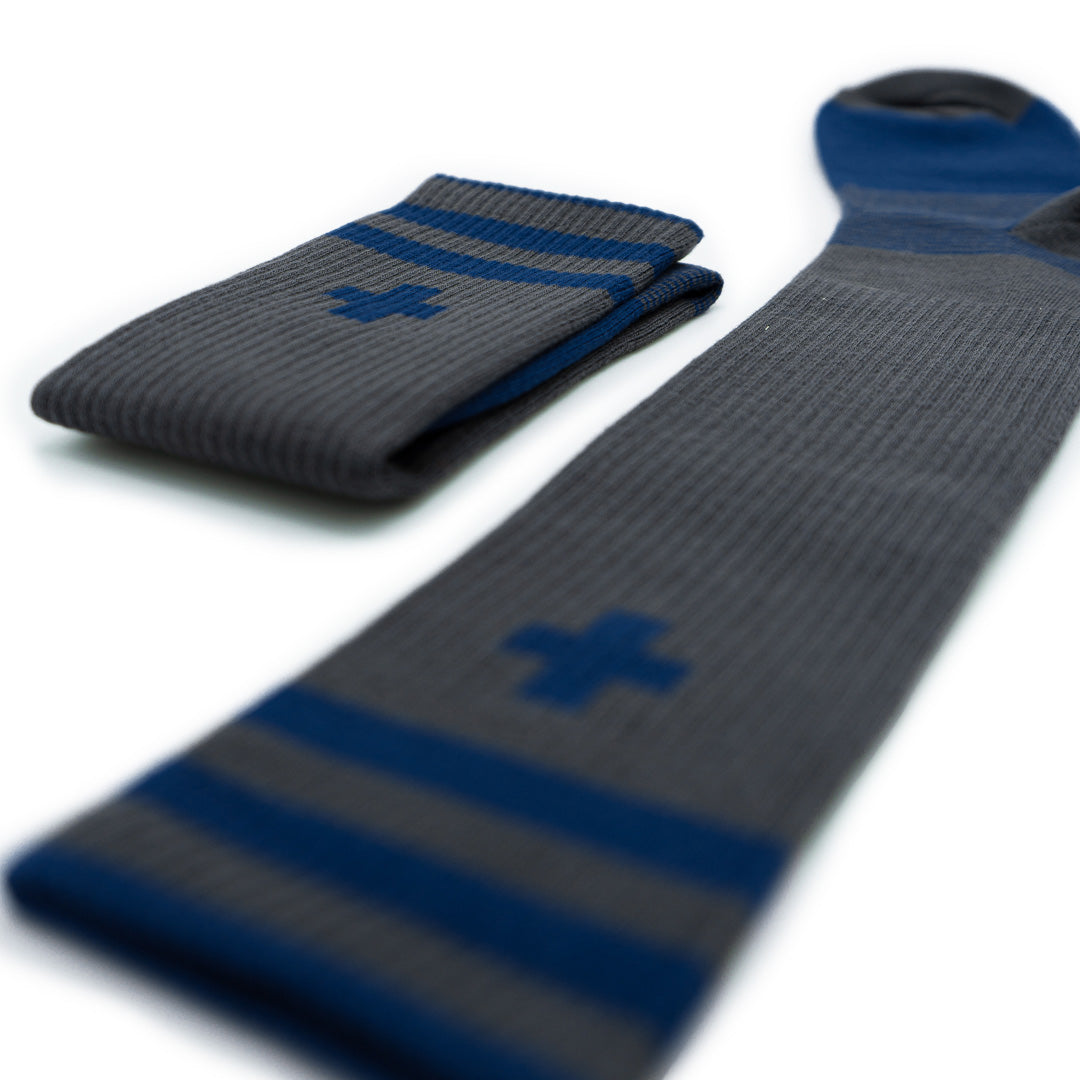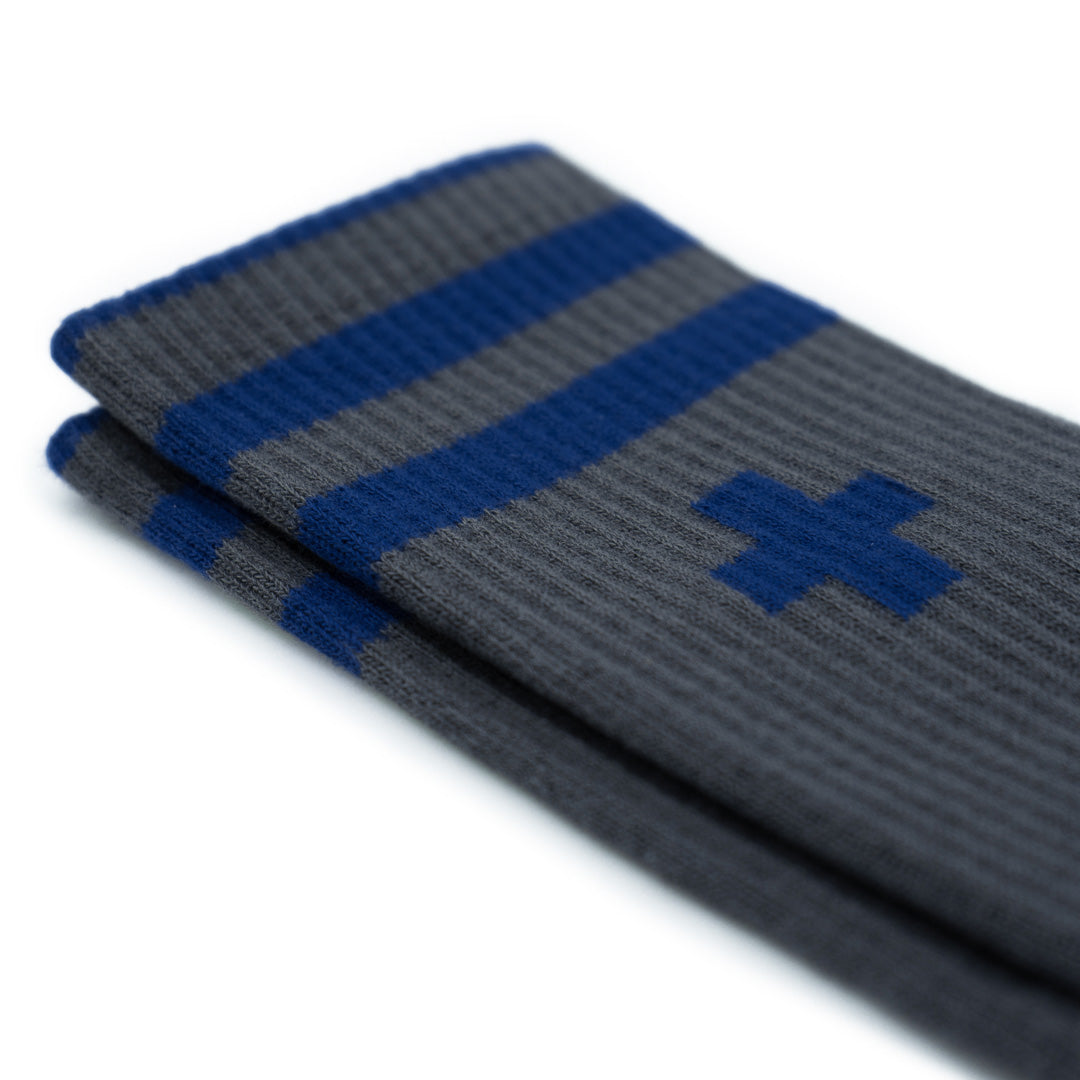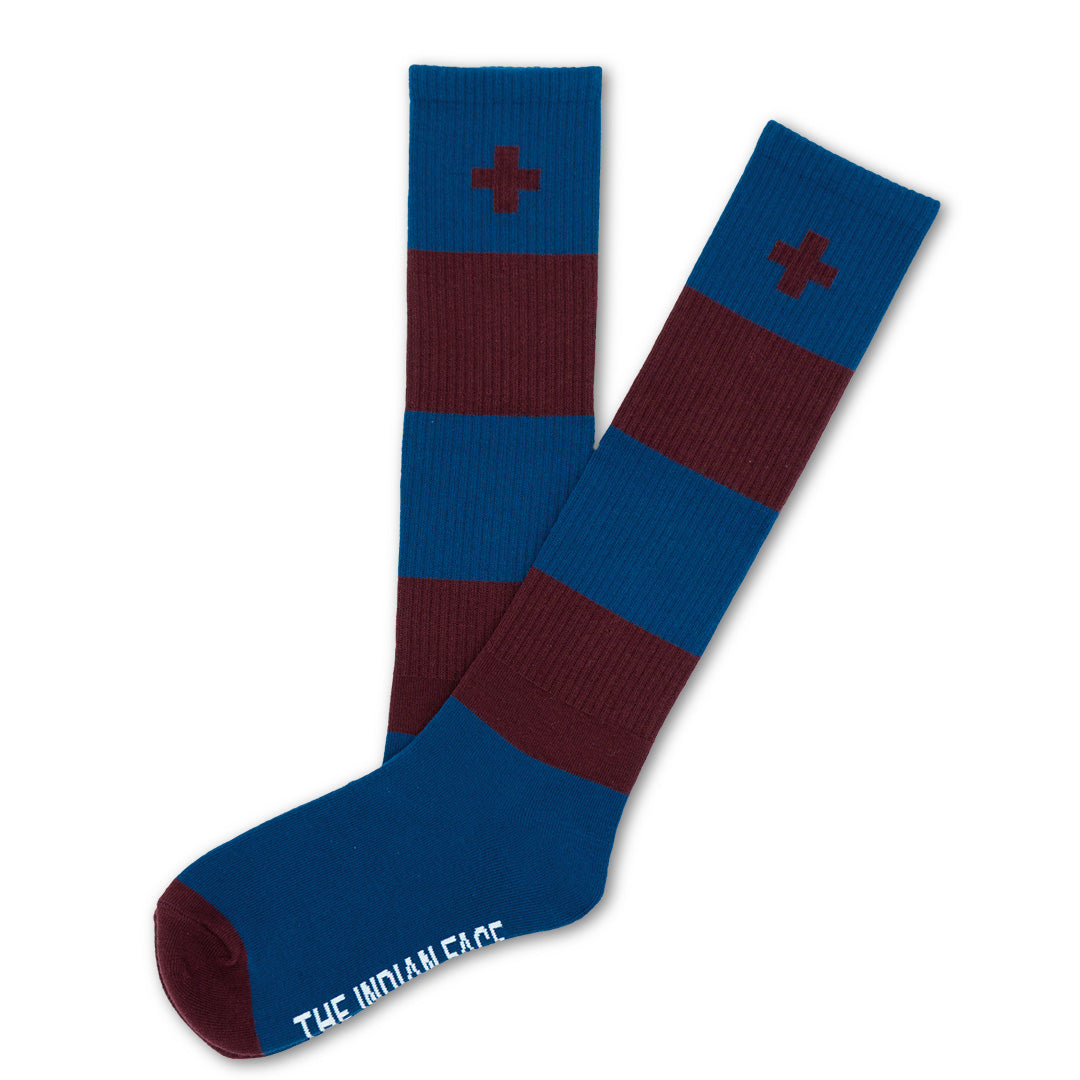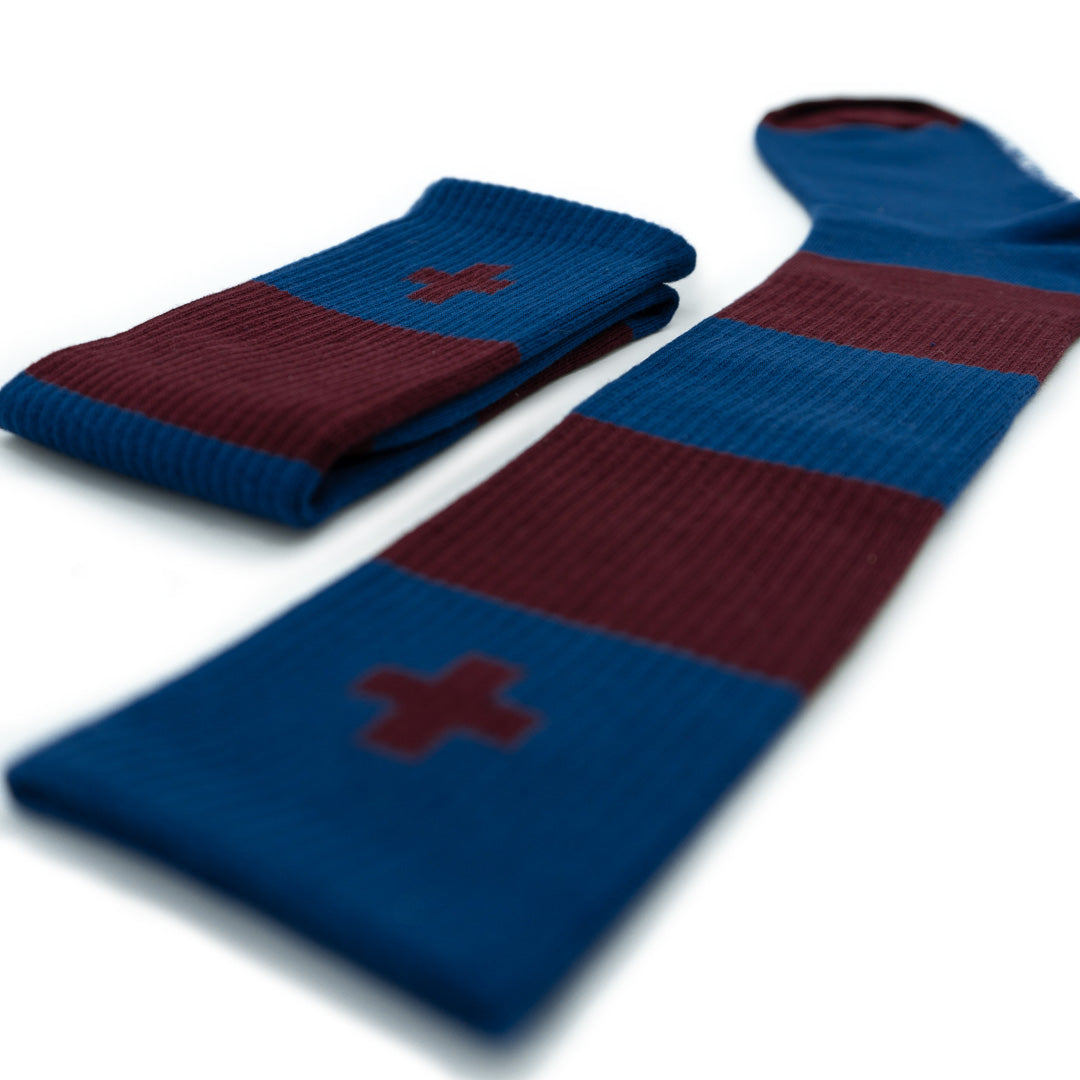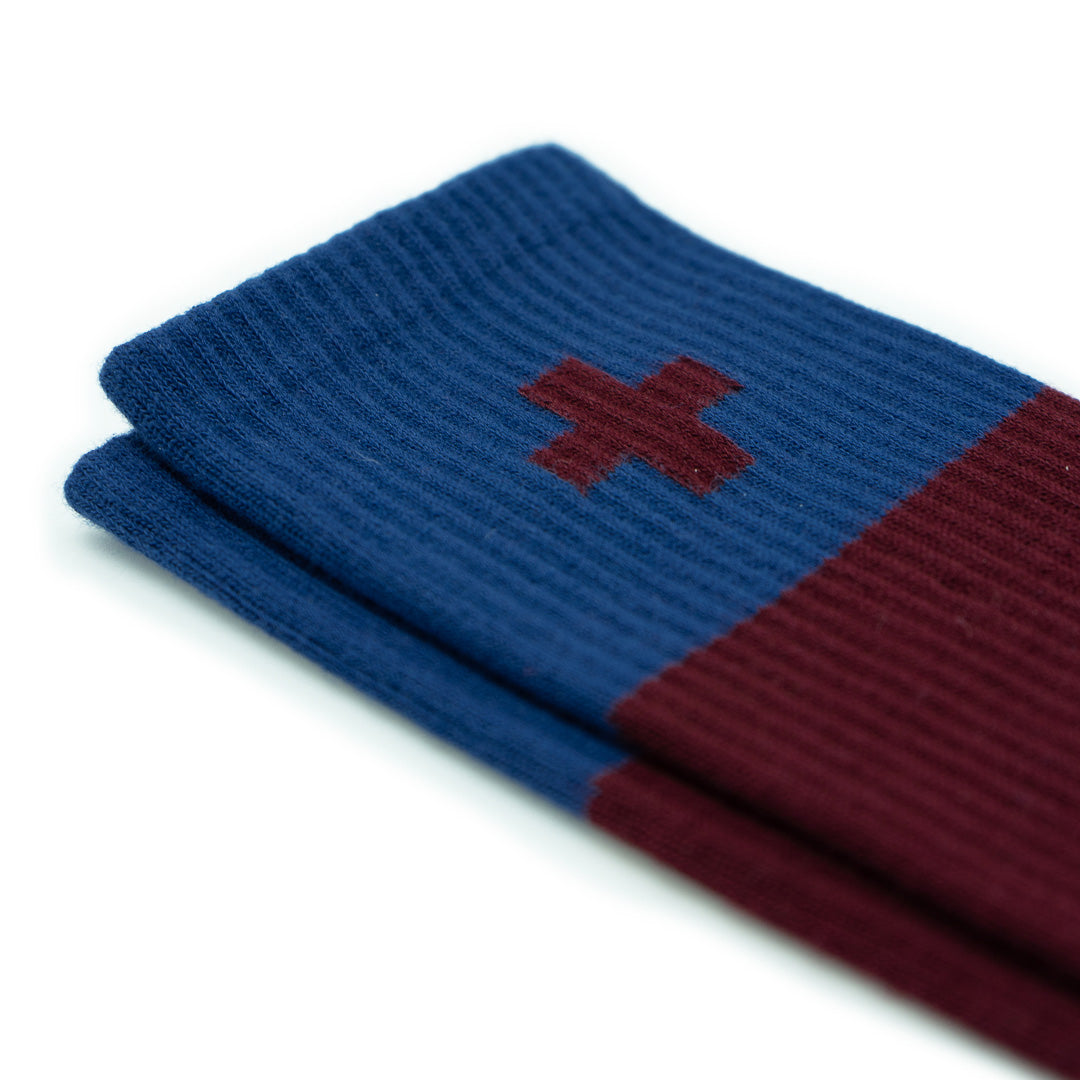In the vast universe of Latin American gastronomy, there are dishes that transcend time and borders, and one of the most emblematic is "ropa Vieja." This delicious delicacy, which captivates palates with its mix of flavors and aromas, has its roots deeply rooted in the rich culinary history of Cuba, although it has spread throughout Latin America and has conquered the taste of people around the world. In this article, we will explore the origin, the traditional recipe, some variants and the cultural relevance of ropavieja.
Origin and history of old clothes
The history of ropavieja goes back to a legend that says that this dish emerged in humble homes, where families found ingenious ways to make the most of the available ingredients. Legend has it that, on one occasion, a farmer who did not have enough food to feed his family resorted to shredding the leftover meat he found in his kitchen. By cooking it with vegetables and spices, he managed to transform these modest ingredients into an exquisite dish that looked like "old clothes", hence its peculiar name.
This story is not only a narrative of ingenuity and adaptability in the kitchen, but also a reflection of the cultural influence and exchange of flavors that has marked the history of Cuba and the Canary Islands. As we further explore the origin of this dish, we discover that its history is intertwined with the legacy of slavery and miscegenation in the region.
During the 16th and 17th centuries, the Canary Islands, strategically located between Europe, Africa and America, became an important meeting point for trade and transatlantic navigation. This exchange of people, products and cultures gave rise to a rich culinary diversity, where Spanish techniques and ingredients were mixed with African and indigenous influences.
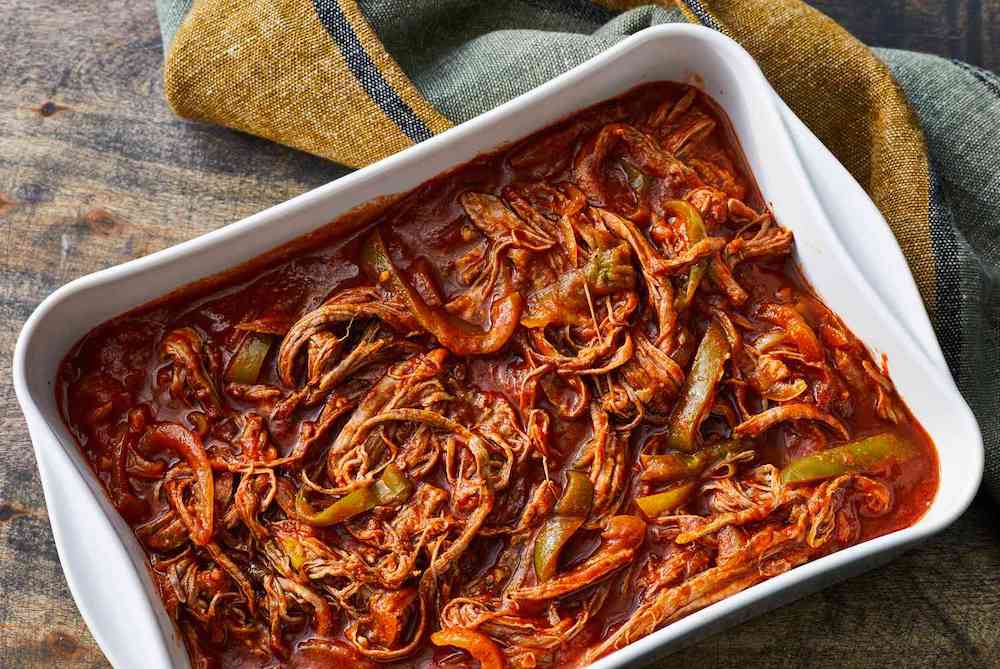 One of the most notable elements of this cultural fusion was the introduction of the technique of cooking shredded and stewed meat, which dates back to the time of the Spanish conquest of the Canary Islands. The Spanish settlers, upon arriving to the islands, adopted this cooking technique from the Guanches, the indigenous inhabitants of the Canary Islands. The Guanches used to cook goat or lamb meat in long, slow stews, breaking it down to make the most of the available ingredients.
One of the most notable elements of this cultural fusion was the introduction of the technique of cooking shredded and stewed meat, which dates back to the time of the Spanish conquest of the Canary Islands. The Spanish settlers, upon arriving to the islands, adopted this cooking technique from the Guanches, the indigenous inhabitants of the Canary Islands. The Guanches used to cook goat or lamb meat in long, slow stews, breaking it down to make the most of the available ingredients.
Over time, this culinary technique spread to other parts of the world, including Cuba, where it found a new home and adapted to local flavors. In Cuba, the African influence also left its mark on the cuisine, with the use of spices such as cumin and garlic, which were incorporated into the ropa Vieja recipe to give it a unique and vibrant flavor.
Thus, the history of ropavieja is a story of encounters and miscegenation, where culinary traditions are intertwined with the history and culture of the Canary Islands and Cuba. Today, this dish remains an expression of identity and culinary pride for the communities that have adopted it, reminding us that the true essence of gastronomy lies in its ability to unite us through the flavors and stories we share at the table. .
Traditional recipe for old clothes
The traditional Ropa Vieja recipe is a masterpiece of simplicity and flavor. Although, historically, it was prepared with the leftover food that was available before it spoiled, today, people collect this food for the main purpose of cooking this dish. To prepare the old clothes, you need the following ingredients:
- 500 grams of beef (preferably skirt or vacuum-packed meat)
- 1 large onion, julienned
- 2 red peppers, cut into julienne
- 2 large carrots, sliced
- 3 cloves garlic, finely chopped
- 1 can of crushed tomato
- 1 tablespoon tomato paste
- 1 teaspoon ground cumin
- 1 teaspoon dried oregano
- Salt and pepper to taste
- Extra virgin olive oil
- Optional: green olives and capers to decorate
The preparation process is equally simple:
- In a large pot, heat a little olive oil and brown the beef on all sides. Once browned, remove the meat and set aside.
- In the same pot, add a little more oil if necessary and sauté the onion, peppers, carrots and garlic until tender.
- Add the crushed tomato, tomato paste, cumin, oregano, salt and pepper. Cook for a few minutes until the flavors blend.
- Return the meat to the pot and add enough water to cover it. Bring to a boil, reduce heat to medium-low, and simmer for about two hours or until meat is tender and easily shredded.
- Once ready, remove the meat from the pot and shred it with a fork. Return the shredded meat to the pot and cook for a few more minutes to let the flavors blend.
- Serve the ropavieja hot, accompanied by white rice, black beans and fried ripe plantains. Garnish with green olives and capers if desired.
Variants and adaptations of the original version of the old clothes
In addition to the traditional Ropa Vieja recipe, there are numerous variants and adaptations that explore and celebrate the culinary diversity of Latin America. These variations offer a wide range of flavors and options to satisfy different tastes and preferences. Some of the most popular versions include:
- Ropa Vieja con Pollo: this version replaces the beef with shredded chicken, resulting in a lighter and quicker-to-prepare dish. Chicken is cooked similarly to beef, but its milder flavor and tender texture offer a delicious alternative for those looking for a lighter option.
- Ropa Vieja Vegetariana: ideal for those who follow a vegetarian diet or simply want to reduce their meat consumption, this variant replaces meat with vegetable proteins such as tofu or seitan. These ingredients absorb the flavors of the stew and provide a satisfying texture that maintains the essence of the original recipe.
- Ropa Vieja con Mariscos: for seafood lovers, this sophisticated version adds shrimp, octopus or other seafood to the ropa Vieja stew. Seafood provides a fresh and delicate flavor, as well as an additional dimension to the dish, making it an elegant and gourmet option.
- Ropa Vieja with a Spicy Touch: For those who enjoy spiciness, adding jalapeno peppers or hot peppers to the traditional ropa Vieja recipe is a way to elevate the dish with a touch of additional heat. These ingredients add depth and complexity to the flavor, creating a vibrant and exciting culinary experience.
 These variations demonstrate the versatility of the ropavieja recipe and its ability to adapt to different preferences and cooking styles. Whether with meat, chicken, seafood or vegetable ingredients, ropavieja remains an iconic dish that continues to delight palates around the world with its irresistible mix of flavors and textures.
These variations demonstrate the versatility of the ropavieja recipe and its ability to adapt to different preferences and cooking styles. Whether with meat, chicken, seafood or vegetable ingredients, ropavieja remains an iconic dish that continues to delight palates around the world with its irresistible mix of flavors and textures.
Old clothes: from a survival dish to an exquisite culinary oasis
Ropa Vieja is much more than a simple dish of shredded meat; It is a symbol of culinary creativity, family tradition and passion for good food. Through its comforting flavors and fascinating history, this dish remains a pillar of Latin American cuisine, reminding us of the importance of valuing and preserving our culinary roots. Whether at a family table or in an elegant restaurant, ropavieja always invites us to savor the richness and diversity of Latin America's gastronomic culture.
FREQUENTLY ASKED QUESTIONS ABOUT OLD CLOTHES
What are old clothes?
Ropa Vieja is a traditional dish of Latin American cuisine, especially associated with Cuba and the Canary Islands. It consists of shredded meat, typically beef, slowly cooked with vegetables and spices, resulting in a tasty and comforting stew
Why is it called "old clothes"?
The name "ropa Vieja" comes from the frayed and shredded appearance of the meat once cooked, resembling pieces of worn cloth or "ropa Vieja".
What is the origin of old clothes?
The history of ropavieja has deep roots in the traditional cuisine of Cuba and the Canary Islands. It is said that it emerged in humble homes, where families found ingenious ways to make the most of the ingredients available.
What is the best meat to make old clothes?
Beef, specifically cuts such as skirt or beef, is the most used to make ropavieja due to its texture and flavor. However, other cuts of meat can be used depending on personal preference.






































































